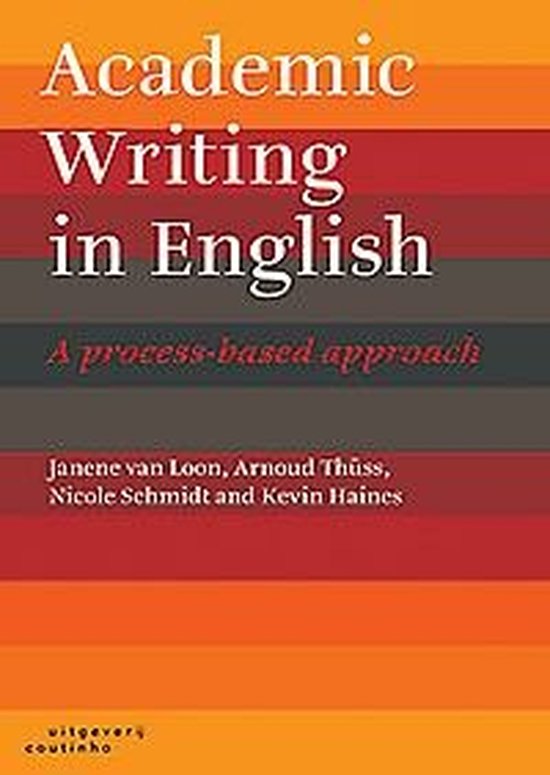
Once you have found, evaluated and processed all the information, it is time to incorporate everything into a report, create an infographic and/or give a presentation. You will communicate this internally – to the course and organization for which you have created it. You may however also choose to share your findings with a wider audience. The information below can help you with this and answer questions such as:
You can communicate your findings in various ways, such as by writing a report, creating an infographic or giving a presentation. Below, you can find a selection of books on these topics. Of course, there are many more books available in the catalogue that cover these subjects.

For second-language writers, academic writing in English can be very challenging. Non-native English students can apply structural, linguistic and stylistic skills and strategies, to help them produce English academic texts. This book aims to increase learners' awareness and understanding of these skills and strategies, resulting in a more mature text and a more mature writer.
This book provides a foundation and framework to enhance your understanding of the various processes involved in academic writing. The term, academic writing, here refers to the types of writing used in college level writing courses at both the undergraduate and graduate level. However, this book was not written simply to help you pass another English class or to get you through the next writing intensive course (although it will certainly do that).
Writing Academic English provides upper intermediate to advanced students with a step-by-step approach to guide them through the process of writing paragraphs and essays. It provides clear models and varied practice helping students to develop confidence and a mature writing style.
Aimed at today's busy executives and those studying for or wishing to further their careers in business, Dynamic Presentations looks at what constitutes a successful, motivating presentation and gives learners an insight into the essential skills and techniques they will need to ensure their presentations are both motivating and memorable.
As the creator of a product – such as a report, infographic or presentation – you hold the copyright; the intellectual property rights belong to you.
“Copyright is the exclusive right of the creator of a work of literature, science or art, or of their legal successors, to publish and reproduce it, subject to the limitations set by law.” (Dutch Copyright Act, Article 1)
It is useful to let others know what they are allowed to do with your work.
Many authors choose to release their copyright, allowing anyone to use the material without needing permission. This way of sharing information is known as Creative Commons. There are usually conditions attached: for example, even in these cases, you must still credit the source. See also Creative Commons.
It is also possible to publish your final project in the HBO Kennisbank or via Open access.
For more information, please contact an information specialist.